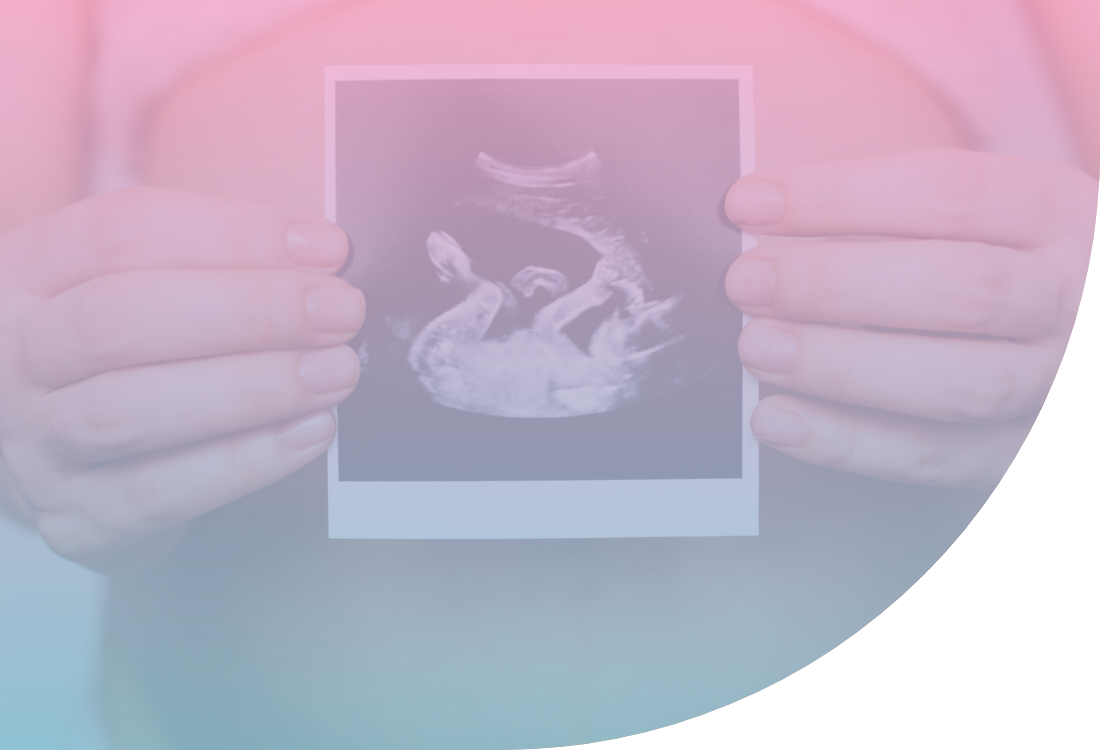At Embryowish, we offer modern fertility treatments in Athens, tailored to every couple’s or woman’s needs. Specializing in infertility treatments and advanced IVF treatments in Greece, our team is here to guide you with expertise and care. Discover all available options and choose the fertility treatment that suits you best.
Physiological intracytoplasmic sperm injection (PICSI)
ICSI micro insemination, or intracytoplasmic sperm injection, is a modern fertilization method that has shown successful results in recent years. Micro insemination is considered an ideal method for cases of severe male infertility and is the most effective treatment for men with severe oligoasthenoteratozoospermia. Pregnancy rates are significantly higher when the IVF lab utilizes micro insemination.
Procedure of ICSI Micro Insemination
ICSI micro insemination is a minimally invasive method performed on the woman’s egg. Using a very fine needle, a single spermatozoon is injected into the egg via a special technique.
Indications and Conditions for Use
The ICSI technique is applied in various pathological conditions of sperm, including issues with number, motility, and morphology, as well as in certain pathologies of the woman’s eggs. Common situations where micro insemination is used include:
- Severe oligoasthenospermia: This indicates a lower number of spermatozoa and reduced mobility compared to normal.
- Morphological abnormalities in sperm: Often, sperm may lack an acrosome (a part of the head), which results in a deficiency of necessary enzymes needed for the sperm to penetrate the egg and achieve fertilization.
- Extensive adhesions between spermatozoa: These can significantly reduce sperm motility.
- Thicker and harder zona pellucida: The eggs may have a thicker and harder transparent zone than normal, obstructing sperm penetration.
Special Cases for Using Micro Insemination
Additionally, micro insemination should be considered if:
- Several attempts at conventional IVF have failed due to the inability to fertilize the eggs from the sample.
- Azoospermia is observed, where no spermatozoa are present in the semen. This can result from various pathological conditions. In such cases, sperm is aspirated from the testicular tissue using a fine needle from the testicles and epididymis, performed through microsurgical biopsy of the testicles with local anaesthesia and light sedation.
Processing and Application
After sperm retrieval, processing is performed to activate the sperm. If the semen contains even a few dozen motile spermatozoa, microfertilization can proceed. Retrieved eggs undergo special treatment to remove the surrounding granulosa cells.
The final step in the ICSI process involves immobilising one egg at a time and isolating each spermatozoon to inject into the egg’s cytoplasm. Once completed, the eggs are placed in specialised culture materials until fertilisation is achieved and embryos are produced.
